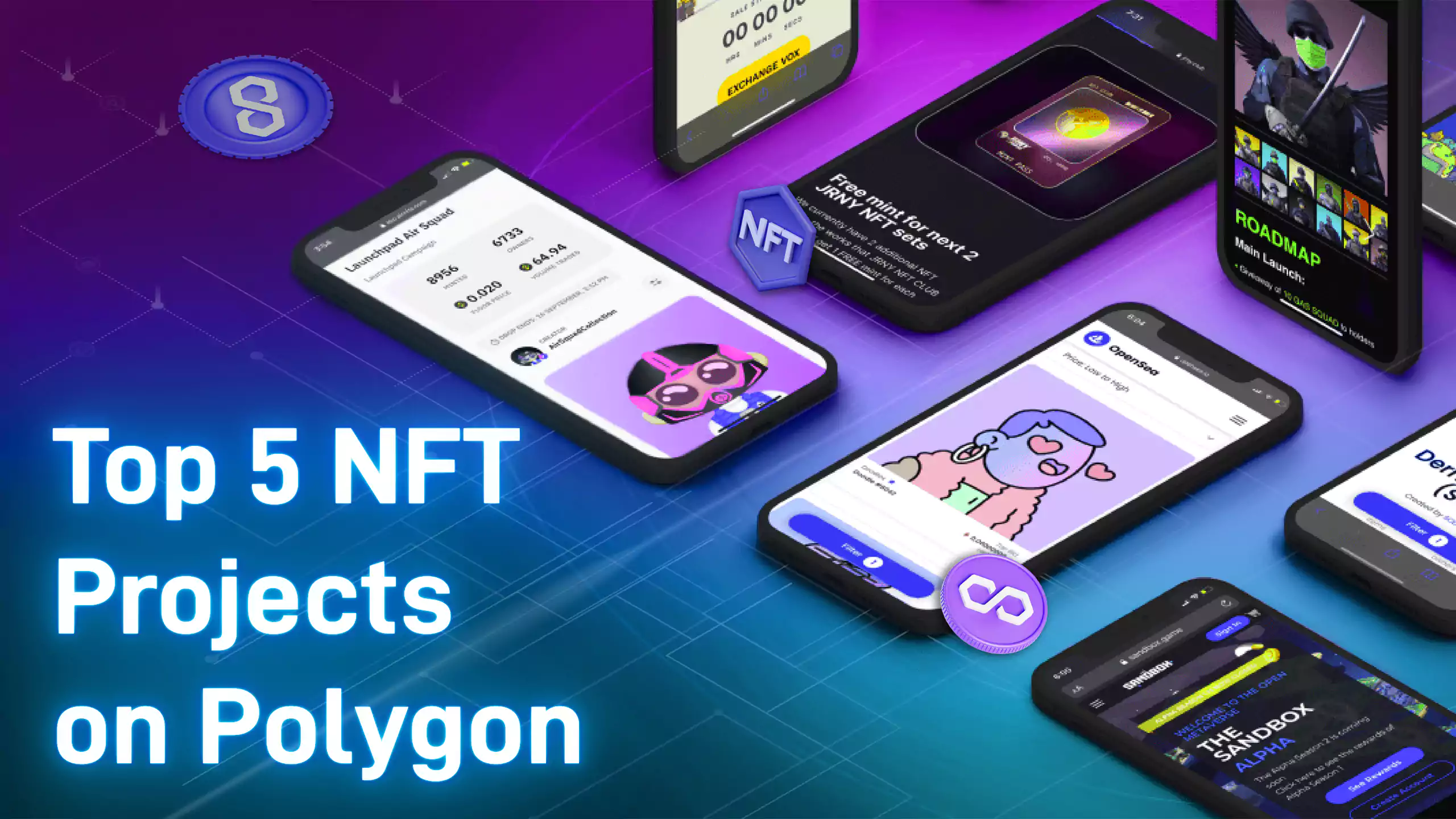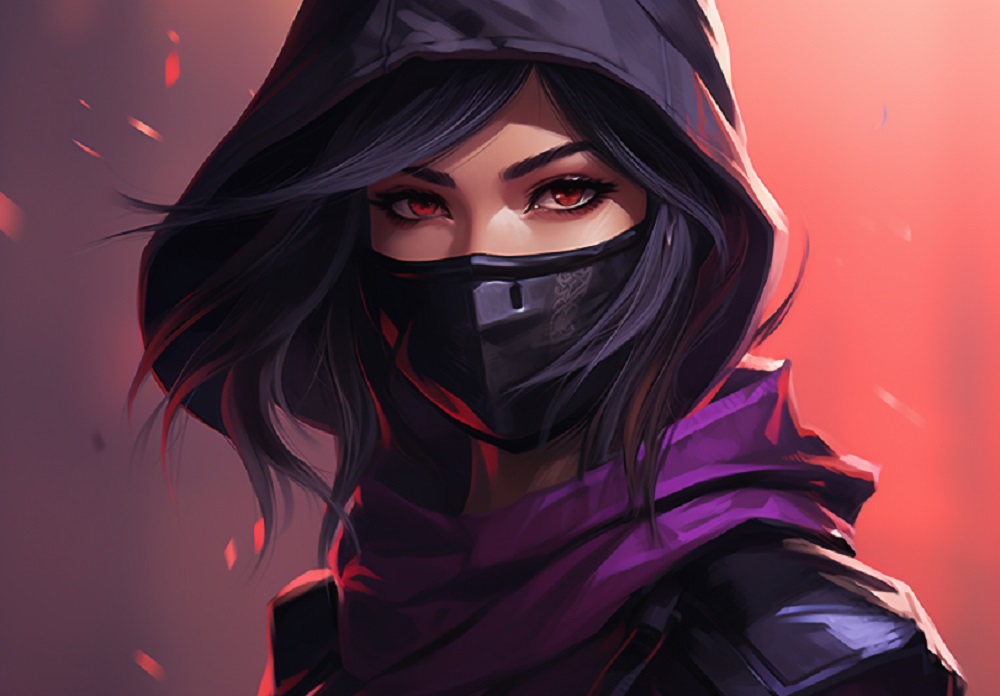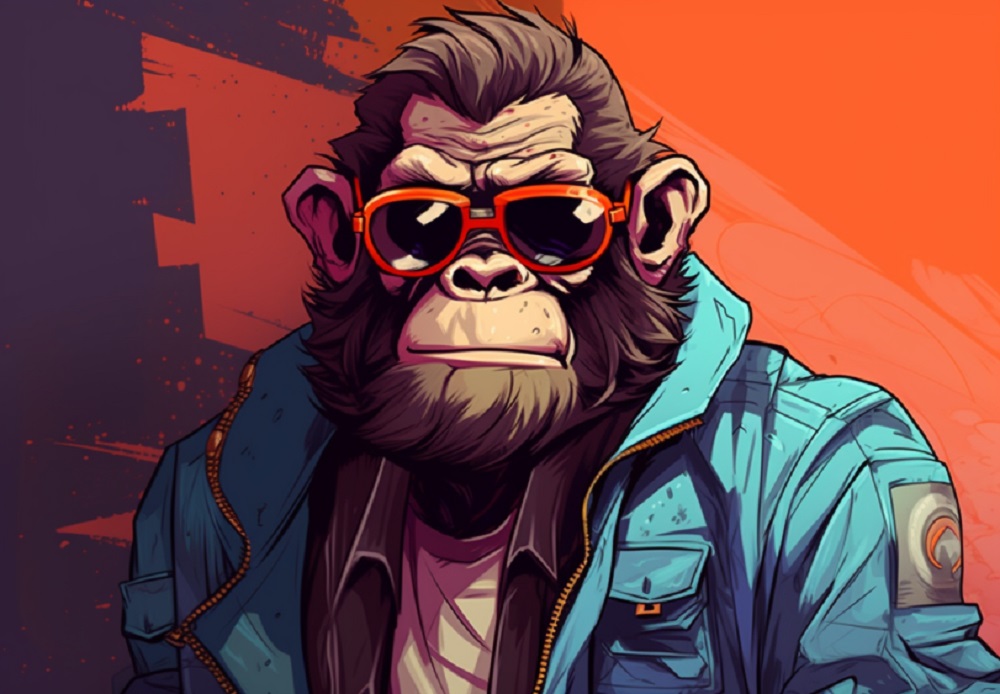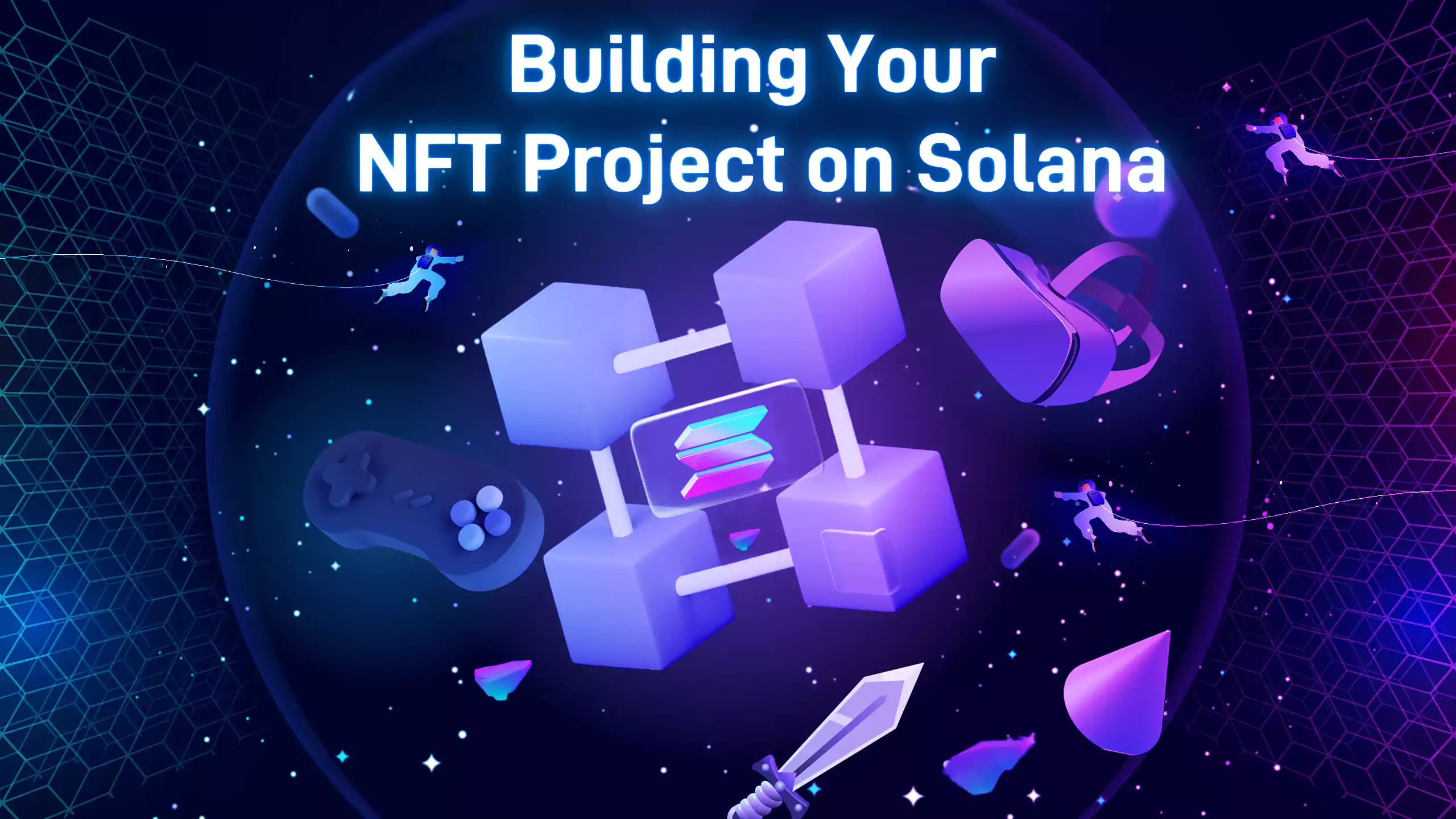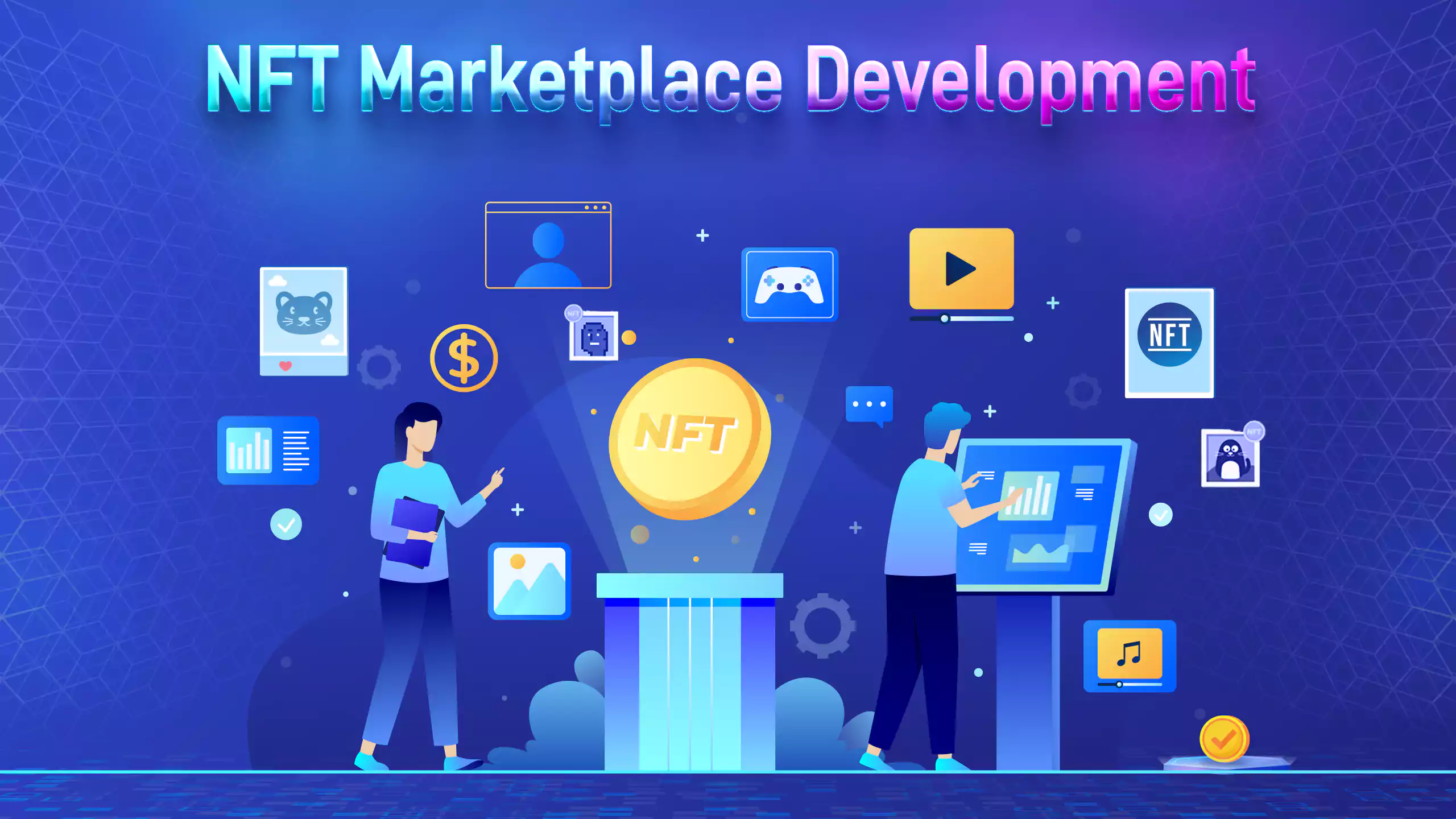Polygon, popularly called Ethereum's internet of blockchains, was launched using the name Matic Network in 2017. It is a blockchain protocol that connects and scales blockchain networks, essentially through the Ethereum blockchain, mostly by connecting Ethereum-based projects. Matic tokens are utilized to secure and govern the Polygon network and pay off transaction fees.
The Polygon network uses a customized proof-of-stake consensus mechanism to complete transaction confirmation procedures in a single block within the average block processing time of 2.1 seconds and a transaction fee of around $0.01. Adopting the Polygon platform can enhance the flexibility, sovereignty, and scalability of blockchain projects while ensuring the security, seamless information sharing, and functional utility of the projects within its ecosystem.
What Problems Polygon Solves
The Polygon network offers several solutions to address the various challenges of the Ethereum platform, namely:
● Utilizing existing blockchain networks and developing custom blockchains
● Enabling communication between Ethereum and other blockchains
● Enhancing existing blockchain networks' compatibility with Ethereum
Despite the recent slump in Matic price, Polygon Matic continues to lead the pack. This bearish sentiment explains the migration of most Ethereum-based NFT to the top L2 solution, regardless of its challenges. It is worth noting that these NFTs-based projects onboard prominent and diverse asset classes with a presence that bears significant traction for Polygon MATIC.
Let's look at the top 5 NFT-based projects on Polygon Matic.
5 NFT Projects on Polygon MATIC
Here's a list of the top 5 NFT-based projects on Polygon MATIC.
1. OpenSea
OpenSea is the most popular NFT trading platform that offers extensive NFT features and collections. It allows for minting and trading of NFTs and makes it easy to transact on Polygon, while bridging the current gap between Ethereum and Polygon.
Due to its numerous benefits and mass adoption by crypto users, OpenSea recently transferred to the Polygon MATIC L2 solution. Although OpenSea errors have posed a somewhat insurmountable challenge for several users, OpenSea offers several benefits that crypto users cannot overlook.
If you're looking to hop on an NFT project with some of the highest trading volumes, OpenSea may be what you need. Plus, you wouldn't have to deal with those massive gas fees that are usually faced in most Polygon platforms.
2. Aavegotchi
Aavegotchi is similar to Tamagotchi, and it's a crypto collectible game created on Ethereum for participants to purchase and grow Aavegotchis. It's typically an Ethereum-based NFT or DeFi version of this amazing piece of the Tamagotchi, but even better.
The Aavegotchi is an intersection project that allows users to claim rare collectibles by staking GHST tokens. These unique crypto-collectibles are restricted based on several different traits such as personality, body, and color.
Aavegotchi relies on the ERC-721 standard to hunt and mint for collectible projects. The hunt usually involves opening a portal, where you'll be provided with 10 Aavegotchis and expected to select one. After selecting one, the other nine are burned forever. Aavegotchi also possesses one of the most active decentralized autonomous organizations (DAOs) globally, and it runs via GHST. The Aavegotchi+Gaming project is now readily available on Polygon MATIC.
3. Decentraland
Ari Meilich and Esteban Ordano's contributed effort developed the Decentraland project. When it was launched in 2017, the parcels of digital lands were sold for about $20 and MANA tokens for about $0.02. The project is a metaverse or a virtual reality platform that enables users to purchase parcels of digital land (NFTs) to build upon and experience their reality.
The plots of land are unique, each one having specific owners, locations, content descriptions, and access controls. With the Decentraland project, users can innovate their lands, with the only limit being their imagination. The project also allows users to explore lands developed by other users and communicate with users in the NFT community.
In the Decentraland project, all contents are monetized and traded. The project adopts two tokens, namely MANA and LAND. The Decentraland project is a popular NFT project that is readily available on Polygon Matic, with users seeking the best way to enjoy a more scalable experience and access.
4. Augur
Based on records, Augur was originally the first decentralized prediction platform built on Ethereum. Initially, prediction platforms are usually centralized as they take custody of the entire assets, mainly because crypto users typically trust their central authority to ensure safety.
Similarly, Augur is turbo-charged, as the name implies, "Augur Turbo." On Ethereum, Augur performs by motivating "reporters" to report off-chain data accurately. These reporters were rewarded for doing so until the platform achieved consensus.
Presently, any crypto user can easily create prediction markets on a cheap scale. And with the migration to Chain Link integration, the oracle allows off-chain data to be transferred and placed on-chain in an accurate, secure, and timely manner.
5. Gain Network
Gains Network is an ambitious and popular platform that aims to launch the best DeFi trading suite in blockchain history. It's a decentralized leveraged trading platform or market that involves crypto users placing a small amount of capital to gain larger exposure on an asset. For instance, for crypto users to command or gain a market position of $50,000 for Ethereum with a leverage position of 1 to 100, they would need to place $500 in Ethereum to get started.
The gains platform can offer users a leverage position of up to 150x on crypto markets or assets and up to 1000x on forex. Similarly, based on the gains in network architecture and structure, it claims to be at least 100x more capital efficient than the most competitors' platforms.
Conclusion
If there's one thing we can all agree on, it's the significance of Ethereum to the development, not only of the Polygon ecosystem alone but also of the NFT projects that now operate on Polygon. Ethereum has paved a way for most projects and DApps, but Polygon is implementing a faster, safer, and more scalable ecosystem.
With these top five projects discussed, we can conclude that, now more than ever, Polygon has inched towards a status of mass adoption.

